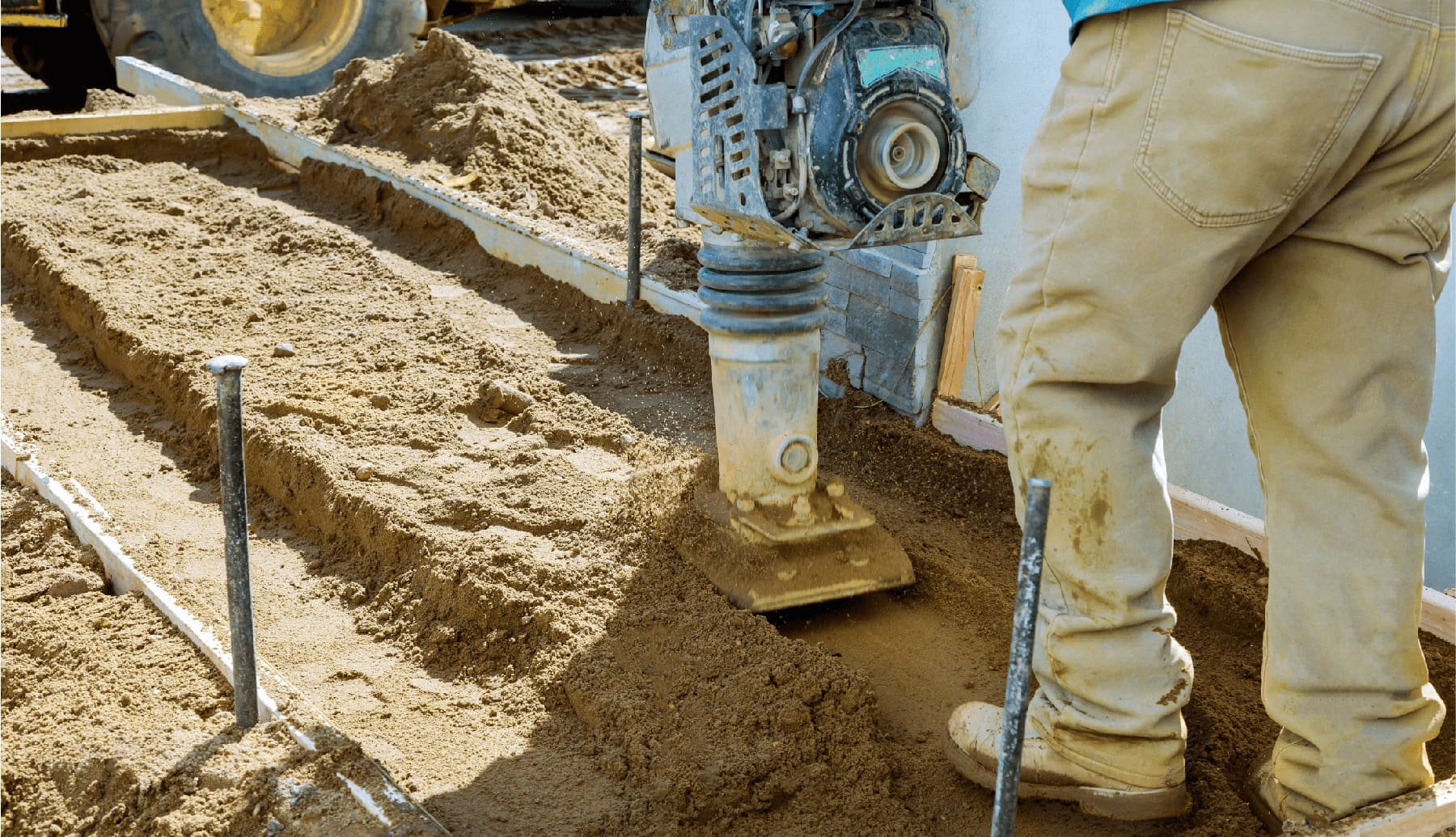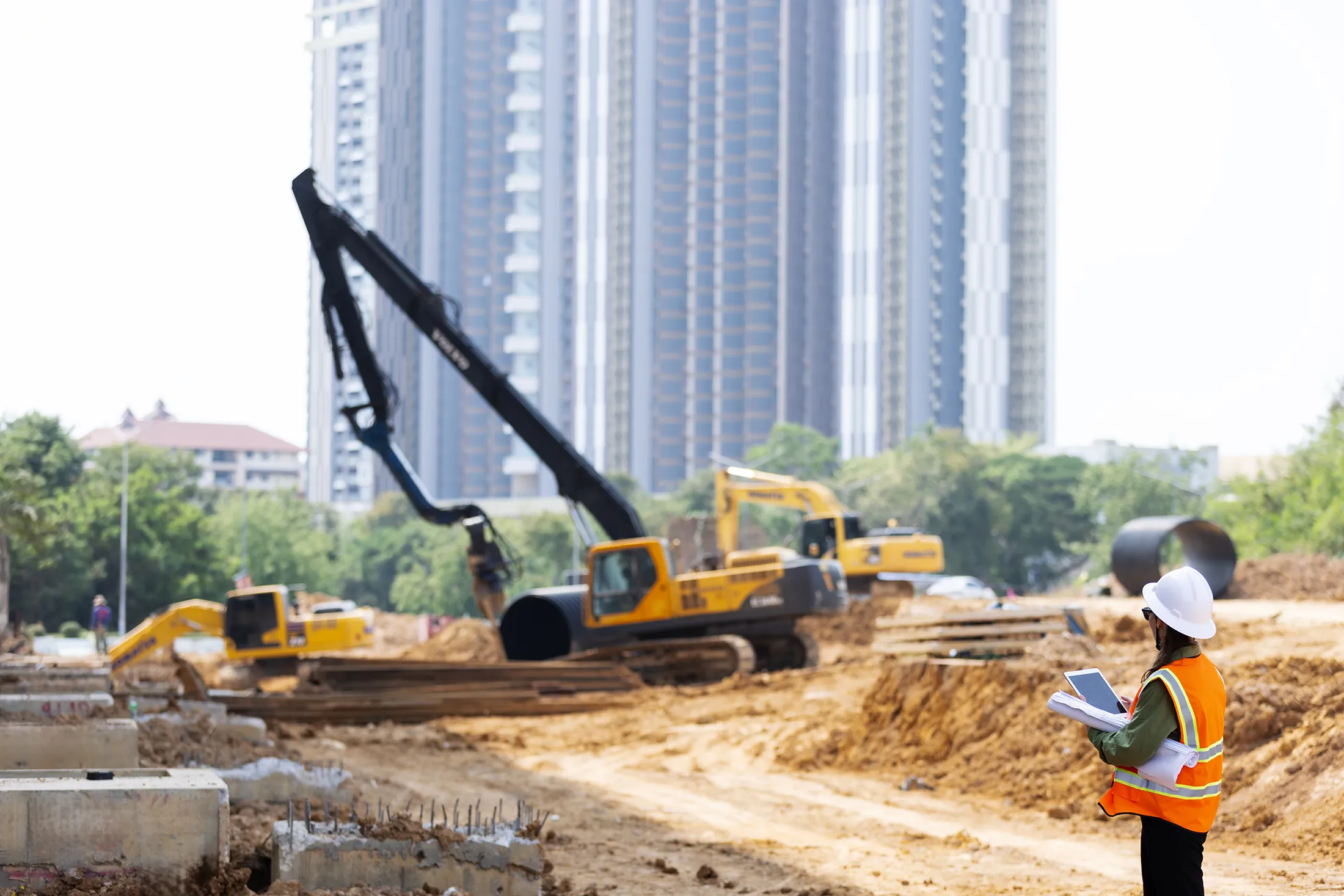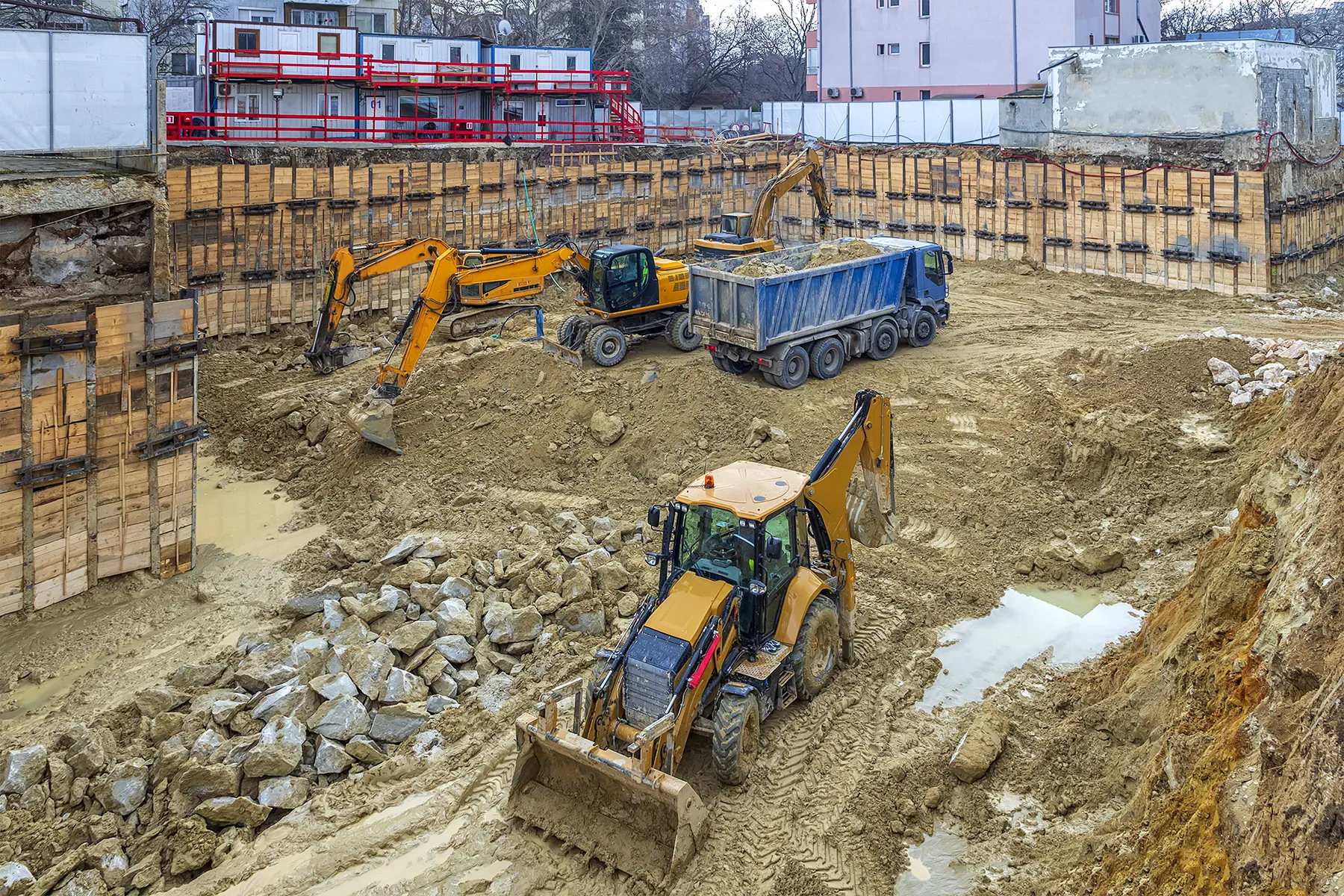
Vibration Monitoring: Ensuring Safety During Ground Compaction
Managing the process of ground compaction in construction and civil engineering effectively requires a keen understanding of various factors. One such factor is vibration monitoring, a technique that plays a pivotal role in ensuring the success of ground compaction efforts.
Importance of Vibration Monitoring
Vibration monitoring helps in maintaining the right soil density during compaction. It prevents over-compaction, which can lead to soil degradation and compromise the structural integrity of the project.
Moreover, it aids in mitigating the impact of vibrations on surrounding structures and the environment. This is particularly crucial in urban settings, where construction activities often take place in close proximity to existing structures.
Objectives of This Article
This article aims to provide a comprehensive understanding of vibration monitoring. It will delve into its importance, its role in ground compaction, and how it aligns with sustainable building practices.
Whether you’re a construction project manager or a sustainability consultant, this article will offer valuable insights and practical advice on implementing vibration monitoring effectively in your projects from us, who have specialized knowledge of the dynamic compaction process gained from decades of experience on over 1,000 projects throughout the United States and abroad.
The Critical Role of Vibration Monitoring in Construction
Vibration monitoring is a crucial aspect of construction, particularly during ground compaction. It involves the measurement and analysis of vibrations generated by compaction equipment. This data is vital in ensuring the safety and structural integrity of the construction project.
Ensuring Compliance and Safety
Vibration monitoring helps in maintaining compliance with safety regulations. It allows construction managers to identify and mitigate potential risks, thereby preventing accidents and structural failures. By providing real-time data, vibration monitoring enables proactive management of compaction efforts, ensuring optimal soil density and stability.
At Densification, our expertise in vibration monitoring ensures that construction projects adhere to safety standards and achieve optimal results. Our advanced monitoring systems provide accurate data, helping you manage risks effectively.
Understanding Ground Compaction
Ground compaction is a critical process in construction that involves the densification of soil. It is achieved by applying force through compaction equipment, which results in the expulsion of air from the soil pores. The primary goal of ground compaction is to increase soil density, thereby enhancing its load-bearing capacity and reducing settlement.
Soil Density and Stability
Soil density is a key factor in determining the stability of a construction project. A higher soil density indicates a more compact and stable ground, capable of supporting the weight of the structure. Therefore, maintaining optimal soil density through effective ground compaction is essential for the success of any construction project.
Risks of Over-Compaction
While ground compaction is crucial for construction, over-compaction can lead to soil degradation. This is a condition where the soil loses its natural structure and properties, leading to a decrease in its load-bearing capacity. Over-compaction can also result in the loss of soil permeability, which can lead to waterlogging and other drainage issues.
Impacts on Surrounding Structures
Moreover, the excessive vibrations caused by over-compaction can have detrimental effects on surrounding structures. These vibrations can cause structural damage, disrupt operations, and even pose safety risks. Therefore, it is essential to monitor vibrations during the compaction process to prevent over-compaction and ensure the safety and integrity of the project.
Vibration Monitoring Equipment
Vibration monitoring equipment plays a pivotal role in managing ground compaction processes. These devices, which include accelerometers, geophones, and seismographs, measure the amplitude, frequency, and velocity of vibrations. They provide real-time data that can be used to adjust compaction efforts, ensuring optimal soil density without causing over-compaction or structural damage.
At Densification, we utilize state-of-the-art vibration monitoring equipment to provide precise measurements and real-time data analysis. Our tools are designed to help you achieve the perfect balance in compaction efforts, ensuring safety and efficiency.
Beyond Ground Compaction
The applications of vibration monitoring extend beyond ground compaction. They are also used in pile driving, blasting, and other construction activities that generate significant vibrations. By monitoring these vibrations, construction managers can mitigate risks, ensure compliance with safety regulations, and maintain the structural integrity of the project.
The Power of Real-Time Data
The advent of real-time data has revolutionized the field of compaction monitoring. With the ability to instantly access and analyze vibration data, construction managers can make informed decisions on the fly. This not only enhances the efficiency of compaction efforts but also reduces the risk of over-compaction and structural damage.
Predictive Analytics
Moreover, real-time data allows for predictive analytics. By identifying patterns and trends in the vibration data, potential issues can be anticipated and addressed proactively. This predictive capability is particularly valuable in complex construction projects, where the stakes are high and the margin for error is slim.
Case Studies
To illustrate the practical benefits of vibration monitoring, let’s consider a few, possible case studies.
Urban Area Project
In one instance, a construction project in a densely populated urban area would be able to prevent potential structural damage to surrounding buildings by implementing a comprehensive vibration monitoring system. The real-time data provided by the system could allow the project manager to adjust compaction efforts as needed, ensuring the safety and integrity of nearby structures.
Seismically Active Region
In another case, a construction project in a seismically active region could use vibration monitoring to mitigate the risk of soil liquefaction. By closely monitoring the vibrations during compaction, the project team would be able to maintain optimal soil density and prevent destabilization. These possible case studies underscore the critical role of vibration monitoring in ensuring safety and structural integrity during ground compaction.
Densification has been at the forefront of implementing effective vibration monitoring systems in various challenging environments. Our solutions have consistently helped projects maintain safety and achieve optimal outcomes.
Setting Up a Vibration Monitoring System
Setting up a vibration monitoring system requires careful planning and consideration. The selection of the right equipment is crucial, as different projects may require different types of sensors and monitoring devices. The location of the sensors, the frequency of data collection, and the establishment of vibration thresholds are all key factors to consider. It’s also important to calibrate the equipment regularly to ensure accurate readings.
Data Interpretation
Interpreting the data from a vibration monitoring system is equally important. This involves understanding the relationship between vibration levels and soil density, as well as the potential impact of vibrations on surrounding structures and the environment. It’s also crucial to use predictive analytics to anticipate potential issues and adjust compaction efforts accordingly. Training personnel in the use of vibration monitoring equipment and data interpretation is therefore a critical aspect of effective ground compaction monitoring.
Vibration Monitoring and Sustainable Construction
Vibration monitoring plays a significant role in sustainable construction practices. By ensuring precise compaction, it helps to prevent soil degradation and erosion, thereby preserving soil health and contributing to environmental sustainability. Moreover, by preventing over-compaction and potential structural damage, it reduces the need for costly repairs and reconstruction, contributing to the economic sustainability of construction projects.
Achieving Sustainability Benchmarks
Furthermore, vibration monitoring can contribute to achieving LEED certification or other sustainability benchmarks. By documenting vibration monitoring results and demonstrating compliance with safety regulations, construction projects can earn points towards certification. This not only enhances the project’s reputation but also its long-term viability and success.
The Future of Vibration Monitoring
The future of vibration monitoring is promising, with advancements in sensor technology and data analytics paving the way for more precise and efficient monitoring practices. The integration of Internet of Things (IoT) technology, for instance, allows for real-time data collection and analysis, enabling construction managers to make informed decisions promptly.
Emerging Technologies
Moreover, the potential for machine learning and artificial intelligence to improve vibration monitoring processes is immense. These technologies can help predict potential issues, optimize compaction efforts, and enhance overall project efficiency. As such, staying abreast of these trends and innovations is crucial for construction project managers and sustainability consultants.
Final Thoughts
In conclusion, vibration monitoring plays a pivotal role in ensuring the safety and success of construction projects. It not only helps maintain structural integrity and prevent over-compaction but also aligns with sustainable building practices. By integrating effective vibration monitoring systems, construction project managers can mitigate risks, enhance efficiency, and demonstrate a commitment to responsible construction practices.
We are always dedicated to providing the most advanced vibration monitoring solutions, helping you achieve your construction goals safely and sustainably. Contact us today to learn more about how we can assist you.











